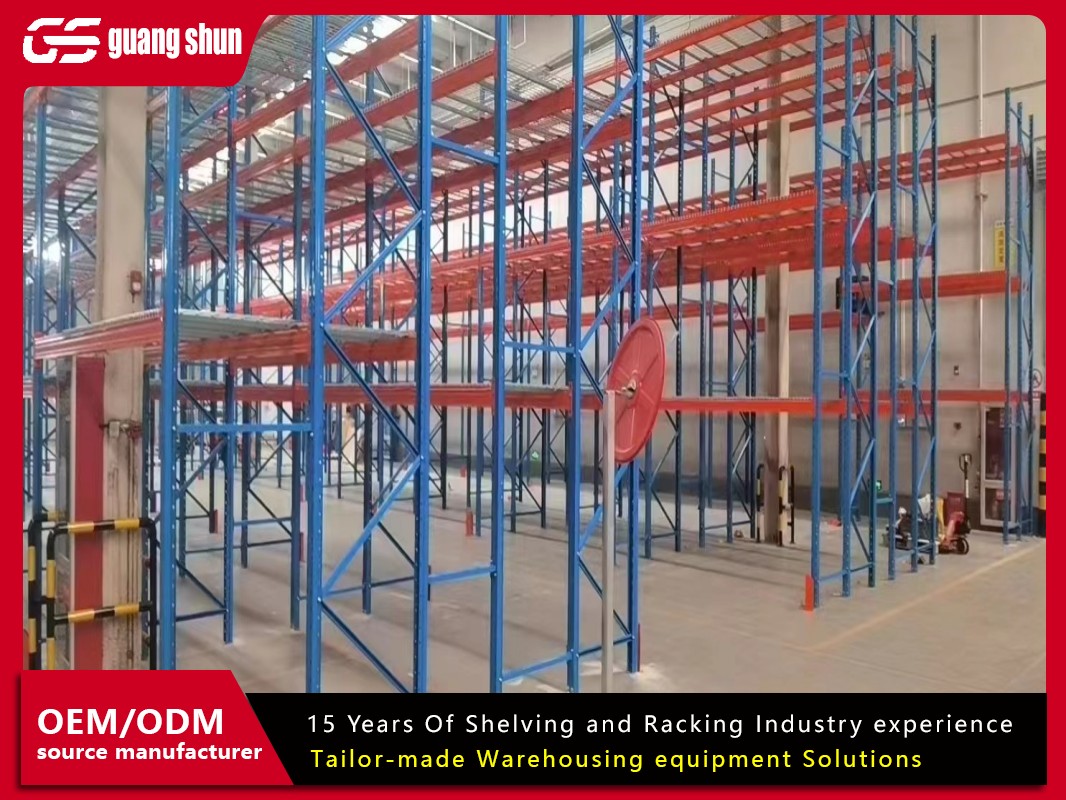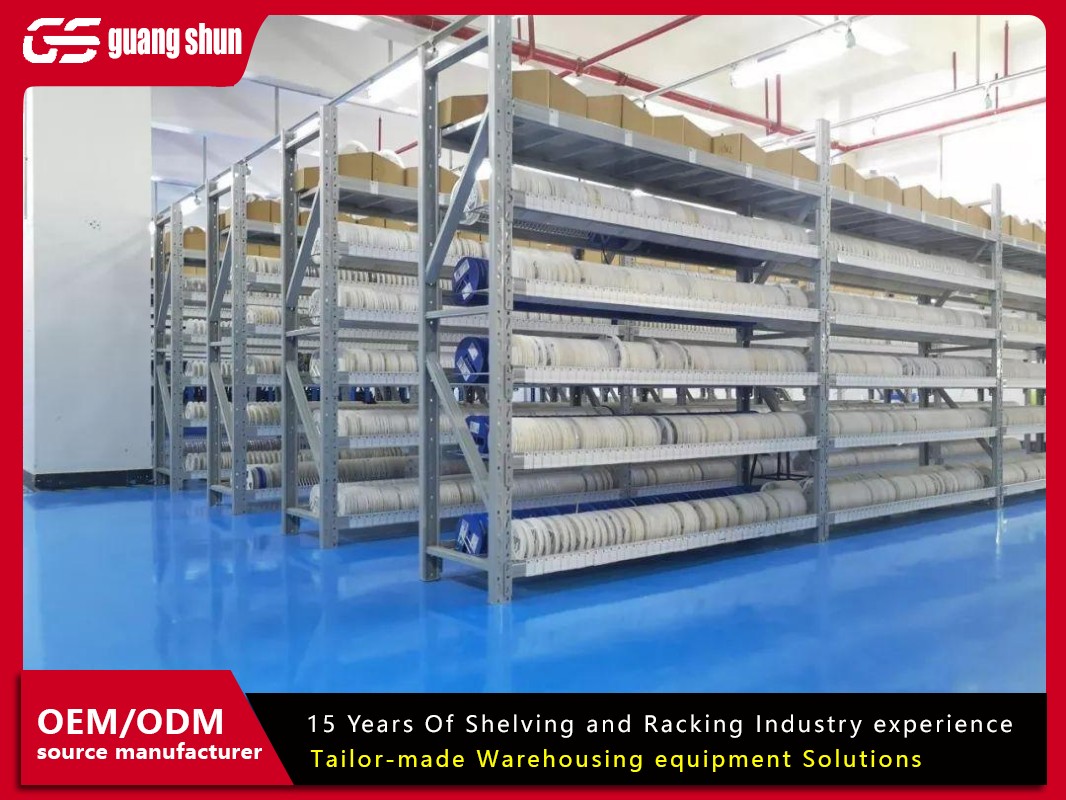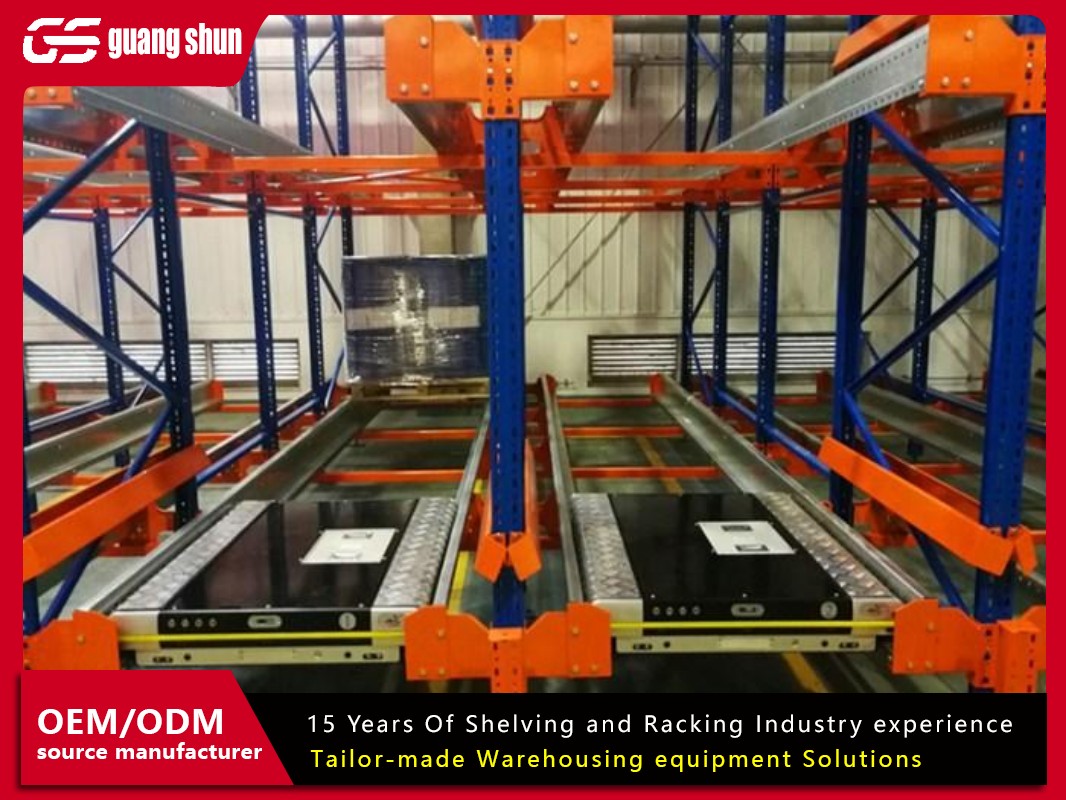If you’re looking to maximize vertical space in your warehouse, retail store, or even a home garage, mezzanine shelves are a game-changer. These elevated platforms offer extra storage or workspace without expanding your building’s footprint. But here’s the catch: setting them up isn’t as simple as slapping together some metal beams and plywood. One wrong move, and you’re stuck with wobbly shelves, safety hazards, or even costly repairs.
To help you avoid headaches (and wasted time), let’s break down the most common mistakes people make when installing mezzanine shelves—and how to dodge them like a pro.
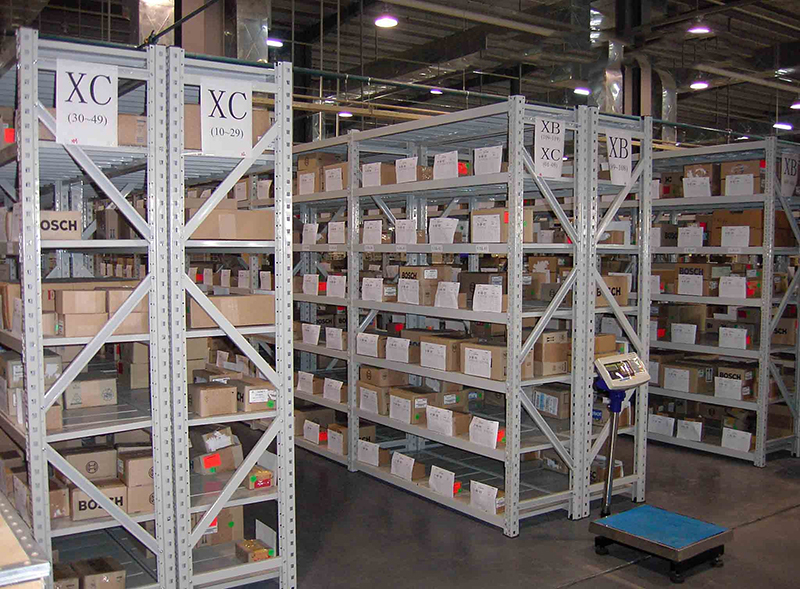
1. Skipping the Load Capacity Calculations
“It’ll hold, trust me!” Famous last words before a shelf collapses.
Mezzanine shelves are designed to carry weight, but how much weight? Too often, people eyeball the capacity or assume “sturdy-looking” materials are enough. Big mistake. Every component—from the frame to the decking—has a load limit. Exceed it, and you’re risking damage to inventory, injuries, or structural failure.
Fix it:
- Calculate the total intended load, including equipment, stored items, and even people if the shelf doubles as workspace.
- Factor in dynamic loads (like moving machinery) and static loads (stationary items).
- Work with an engineer or use manufacturer guidelines to choose materials rated for your needs.
- Always add a safety buffer (e.g., 20% above your max expected load).
Keyword tip: Use phrases like “load-rated mezzanine shelves” or “weight capacity for mezzanine platforms” in your planning docs.
2. Ignoring Local Building Codes and Permits
“Do I really need a permit for this?” Spoiler: Yes, probably.
Mezzanine shelves aren’t exempt from regulations. Depending on your location, you might need permits for installation, especially if the structure exceeds certain height or square footage limits. Skipping this step can lead to fines, forced removal, or issues during property inspections.
Fix it:
- Research local building codes (fire safety, spacing, railing height, etc.).
- Contact your city’s planning department to confirm permit requirements.
- Keep records of approvals and inspections—future you will thank you.
Pro tip: Include keywords like “code-compliant mezzanine shelves” when searching for suppliers to ensure designs meet regulations.
3. Cheapening Out on Materials
“This budget-friendly steel looks fine!” …Until it rusts or bends.
Not all mezzanine shelves are built equal. Opting for low-quality materials to save money is a classic blunder. Thin gauge steel, untreated wood, or weak connectors might cut costs upfront but will cost you more in replacements, repairs, or accidents down the line.
Fix it:
- Invest in corrosion-resistant materials (e.g., galvanized steel) for humid or outdoor-adjacent spaces.
- Choose durable decking—checkered steel plates or heavy-duty plywood—for high-traffic areas.
- Prioritize suppliers with warranties or proven durability.
Keyword boost: Search for “industrial-grade mezzanine shelves” or “heavy-duty mezzanine platforms” to find robust options.
4. Forgetting About Accessibility and Workflow
“We’ll figure out how to reach the stuff later.” Bad plan.
A poorly placed mezzanine shelf can disrupt workflow. If workers can’t easily access inventory, or if the structure blocks machinery like forklifts, you’ve created a bottleneck—not a solution.
Fix it:
- Map out traffic flow and equipment paths before installing.
- Leave adequate clearance (at least 3–4 feet) around edges for safe movement.
- Install stairs, ladders, or conveyor systems aligned with user needs.
- Consider modular designs that adapt as your space evolves.
Workflow-friendly keywords: “ergonomic mezzanine shelves” or “warehouse-optimized mezzanine systems.”
5. Overlooking Safety Features
“Guardrails? We don’t need those.” (Cue OSHA knocking.)
Safety is non-negotiable with mezzanine shelves. Missing guardrails, unstable ladders, or poor lighting turn these structures into hazard zones. Even a minor oversight can lead to falls, collisions, or long-term liability issues.
Fix it:
- Install guardrails and toe boards on all open sides.
- Use anti-slip surfaces on stairs and platforms.
- Ensure proper lighting above and below the shelves.
- Train staff on safe usage (no overcrowding or overloading!).
Safety-first keywords: “OSHA-compliant mezzanine shelves” or “fall protection for mezzanines.”
6. Assuming One Size Fits All
“I’ll just copy my competitor’s setup.” Not so fast.
Every space has unique dimensions, usage patterns, and challenges. A mezzanine shelf that works for a retail stockroom might fail miserably in a manufacturing plant. Customization matters.
Fix it:
- Measure your space meticulously—note ceiling height, column placements, and obstructions.
- Tailor the design to your industry (e.g., wider aisles for pallet jacks in warehouses).
- Consult with a specialist to optimize layout for your workflow.
Custom keywords: “customizable mezzanine shelves” or “bespoke mezzanine solutions.”
7. Neglecting Future Expansion
“We’ll never outgrow this!” Famous last words, part two.
Businesses evolve, and your storage needs will too. Installing fixed mezzanine shelves with no flexibility forces you to start from scratch when expanding—a costly and disruptive process.
Fix it:
- Choose modular systems that can be reconfigured or expanded.
- Leave room for additional shelving units or vertical extensions.
- Plan electrical/lighting setups with future tech (e.g., automation) in mind.
Future-proof keywords: “scalable mezzanine shelves” or “modular mezzanine designs.”
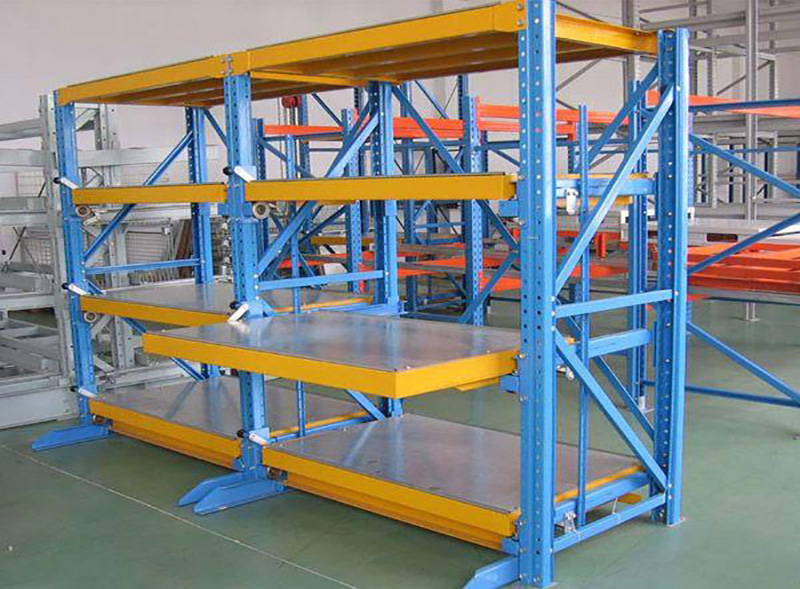
8. DIY-ing Without Expertise
“How hard can welding be?” (Spoiler: Very.)
YouTube tutorials make DIY projects look easy, but mezzanine shelves require precision. Poor welding, uneven frames, or incorrect bolt placements compromise stability. Unless you’re a seasoned pro, DIY errors can be dangerous.
Fix it:
- Hire licensed contractors for installation.
- If DIY is a must, use pre-fabricated kits with clear instructions.
- Double-check every connection and alignment.
Keyword caution: Search for “professional mezzanine shelf installation” or “certified mezzanine builders.”
Final Thoughts: Build Smarter, Not Harder
Mezzanine shelves are a brilliant space-saving solution—if you avoid these pitfalls. Take the time to plan, invest in quality, and prioritize safety. Whether you’re storing holiday inventory or creating a mezzanine-level office, a well-built platform pays for itself in efficiency and peace of mind.
Remember: Measure twice, install once, and keep that OSHA inspector smiling.



